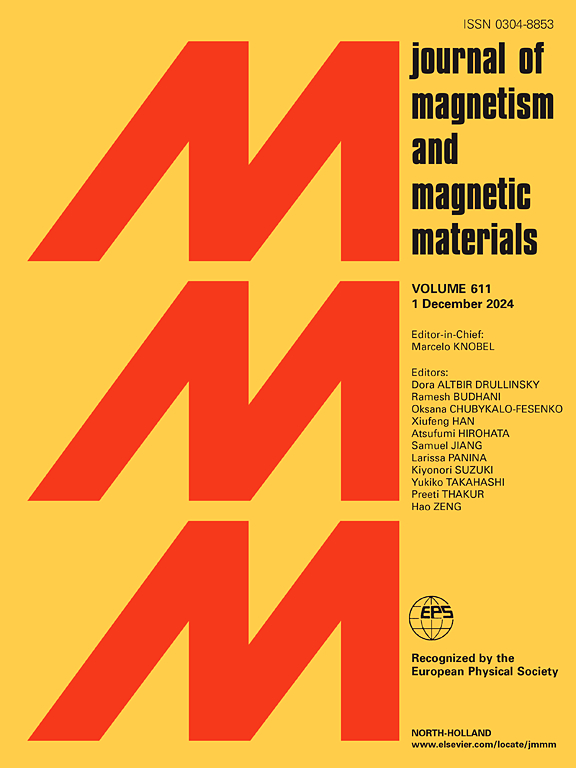Development of a magnetic field-triggered system with magnetic silica nanoparticles for enhanced controlled protein release
IF 2.5
3区 材料科学
Q3 MATERIALS SCIENCE, MULTIDISCIPLINARY
引用次数: 0
Abstract
Advanced approaches such as biomimetic materials and stimulus-responsive systems that mimic complex biological processes in the body play an important role in the development of natural healing mechanisms. In this study, silica nanoparticles modified with magnetic nanoparticles triggered by magnetic field were synthesized by two methods as a multifunctional bone scaffold supplement. The nanoparticles were characterized by FIB-SEM, FT-IR, BET, DLS, VSM and zeta potential measurements. BSA model protein was loaded into magnetic silica nanoparticles and a loading capacity of 464.74 mg/g was obtained. Protein release studies were performed using an in-house Magnetic Field Triggered Release System (MFTRS), developed for greater control over magnetic nanoparticles. When the magnetic field was applied for 2 and 5 min, BSA release at 48 h was 58.95 ± 3.38 % and 74.03 ± 3.09 %, respectively. Without magnetic field, protein release was only 19.79 ± 3.90 % at 48 h. Furthermore, the release kinetics were analyzed using the Higuchi and Korsmeyer-Peppas models to understand the release mechanisms. The obtained results show that the magnetic field triggers protein release and the release rates increase as the field duration increases, emphasizing the potential of magnetic field-triggered nanoparticles in controlled protein delivery systems.

求助全文
约1分钟内获得全文
求助全文
来源期刊

Journal of Magnetism and Magnetic Materials
物理-材料科学:综合
CiteScore
5.30
自引率
11.10%
发文量
1149
审稿时长
59 days
期刊介绍:
The Journal of Magnetism and Magnetic Materials provides an important forum for the disclosure and discussion of original contributions covering the whole spectrum of topics, from basic magnetism to the technology and applications of magnetic materials. The journal encourages greater interaction between the basic and applied sub-disciplines of magnetism with comprehensive review articles, in addition to full-length contributions. In addition, other categories of contributions are welcome, including Critical Focused issues, Current Perspectives and Outreach to the General Public.
Main Categories:
Full-length articles:
Technically original research documents that report results of value to the communities that comprise the journal audience. The link between chemical, structural and microstructural properties on the one hand and magnetic properties on the other hand are encouraged.
In addition to general topics covering all areas of magnetism and magnetic materials, the full-length articles also include three sub-sections, focusing on Nanomagnetism, Spintronics and Applications.
The sub-section on Nanomagnetism contains articles on magnetic nanoparticles, nanowires, thin films, 2D materials and other nanoscale magnetic materials and their applications.
The sub-section on Spintronics contains articles on magnetoresistance, magnetoimpedance, magneto-optical phenomena, Micro-Electro-Mechanical Systems (MEMS), and other topics related to spin current control and magneto-transport phenomena. The sub-section on Applications display papers that focus on applications of magnetic materials. The applications need to show a connection to magnetism.
Review articles:
Review articles organize, clarify, and summarize existing major works in the areas covered by the Journal and provide comprehensive citations to the full spectrum of relevant literature.
 求助内容:
求助内容: 应助结果提醒方式:
应助结果提醒方式:


